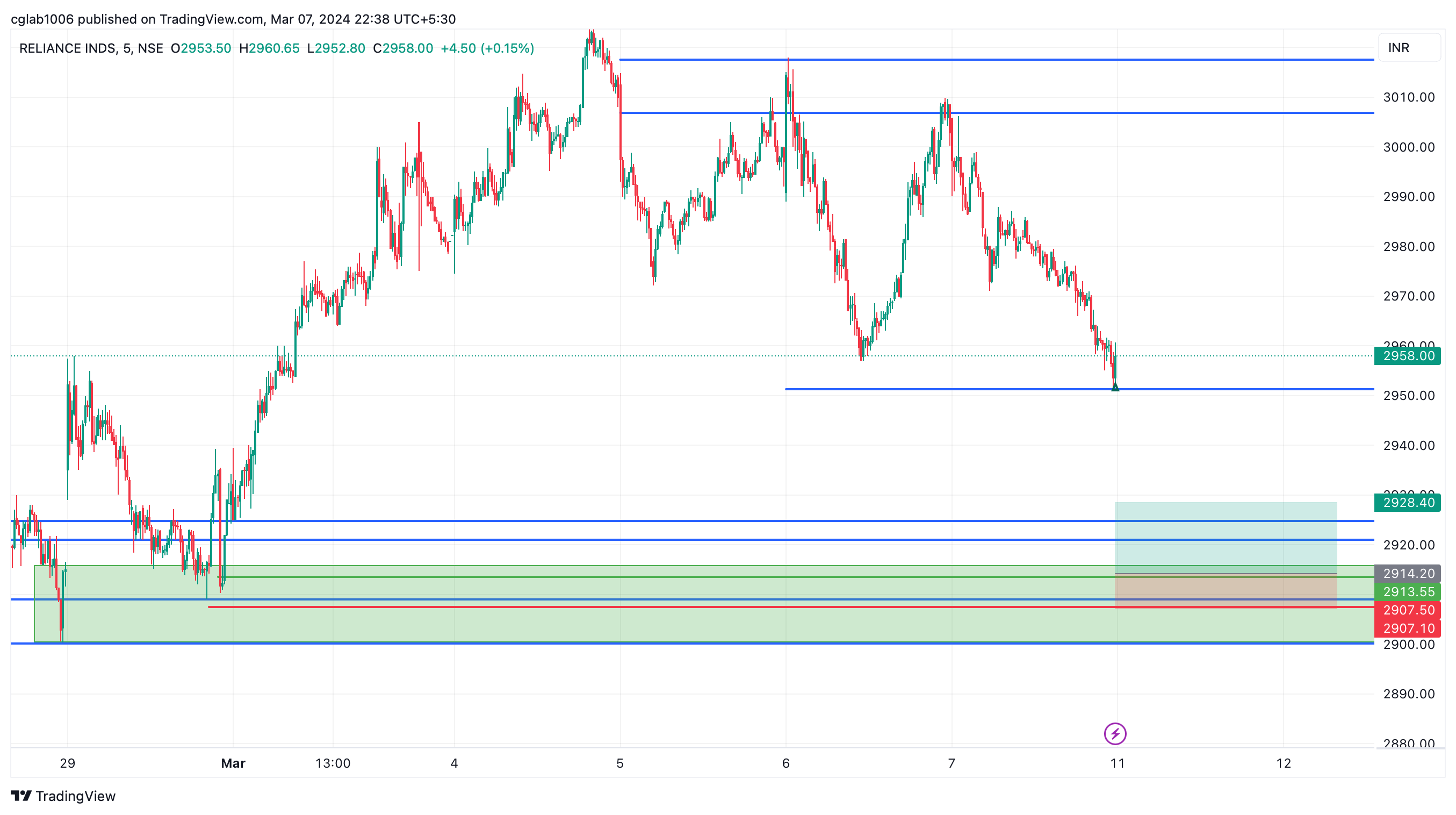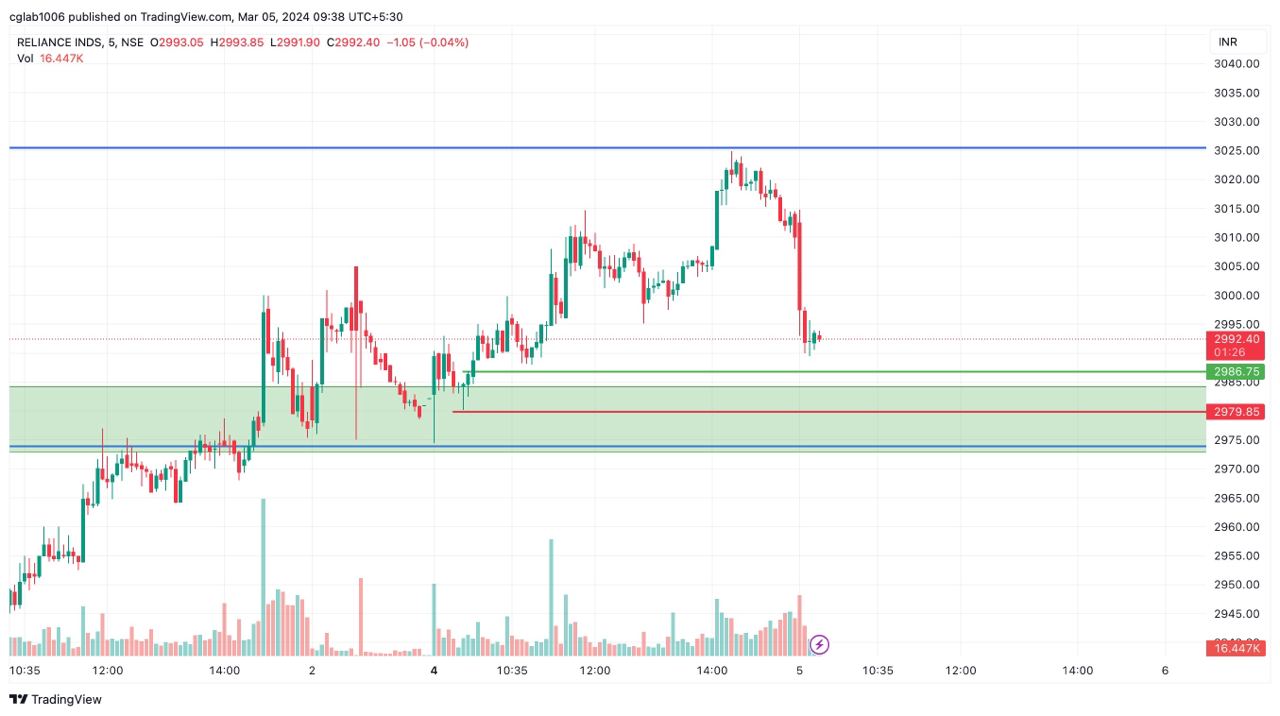Blog Details

Unlocking Trading Insights with RSI
Unlocking Trading Insights with RSI: A Comprehensive Guide to Relative Strength Indicator
Introduction:
In the dynamic world of financial markets, traders often seek tools to gain insights into price movements and make informed decisions. One such tool that has stood the test of time is the Relative Strength Indicator (RSI). Developed by J. Welles Wilder Jr. in 1978, the RSI has become a staple for technical analysts, offering a unique perspective on market momentum. This article explores the fundamentals of RSI, its calculation, and various strategies that traders employ to enhance their decision-making process.
Understanding the RSI:
The RSI is a momentum oscillator that measures the velocity and magnitude of price movements, providing a graphical representation that oscillates between 0 and 100. Calculated using the average gain or loss of an asset's price over a specified period, the default look-back period, as suggested by Wilder, is 14.
RSI Calculation:
RSI = 100 - 100 / (1 + RS)
Where RS (Relative Strength) is the average price of X up days divided by the average price of X down days, and X represents any securities. The average price is calculated based on the closing prices.
How to Use RSI:
- Overbought and Oversold Zones:RSI values above 70 indicate overbought conditions, suggesting a potential reversal or correction.RSI values below 30 signal oversold conditions, hinting at a possible upward reversal.
- Bullish and Bearish Divergence:Bullish divergence occurs when RSI forms higher lows while prices form lower lows, signalling a potential upward reversal.Bearish divergence occurs when RSI forms lower highs while prices form higher highs, indicating a potential downward reversal.
- Bullish and Bearish Failure Swings: Bullish failure swings happen when RSI falls below 30, rises, and then falls again but stays above the previous low, suggesting potential bullish strength. Bearish failure swings occur when RSI rises above 70, falls, and then rises again but stays below the previous high, indicating potential bearish strength.
- RSI Trendline Breaks: Drawing trendlines on RSI can help identify potential trend reversals when the RSI breaks these trendlines.
Using RSI as a Secondary Signal:
It is crucial for traders to view RSI as a secondary or confirmation signal rather than a primary indicator for entering trades. RSI should be complemented by other technical and fundamental analyses to form a comprehensive trading strategy.
Conclusion:
The Relative Strength Indicator, with its ability to gauge market momentum, provides valuable insights for traders. By understanding its calculations and various strategies for interpretation, traders can leverage RSI as a powerful tool in their decision-making process. Remember, successful trading involves a holistic approach, and RSI serves as a valuable component in the trader's toolkit.
Also, it is very important for traders to understand that RSI oscillator should be used as a secondary signal (confirmation signal) to enter trades and should not be used as a primary indicator. If you want to learn RSI application in details you can follow your YouTube channel or can join our offline mentorship course.(www.markthemarket.in)
Copyright | MarkTheMarket . All Rights Reserved






Leave a Comment